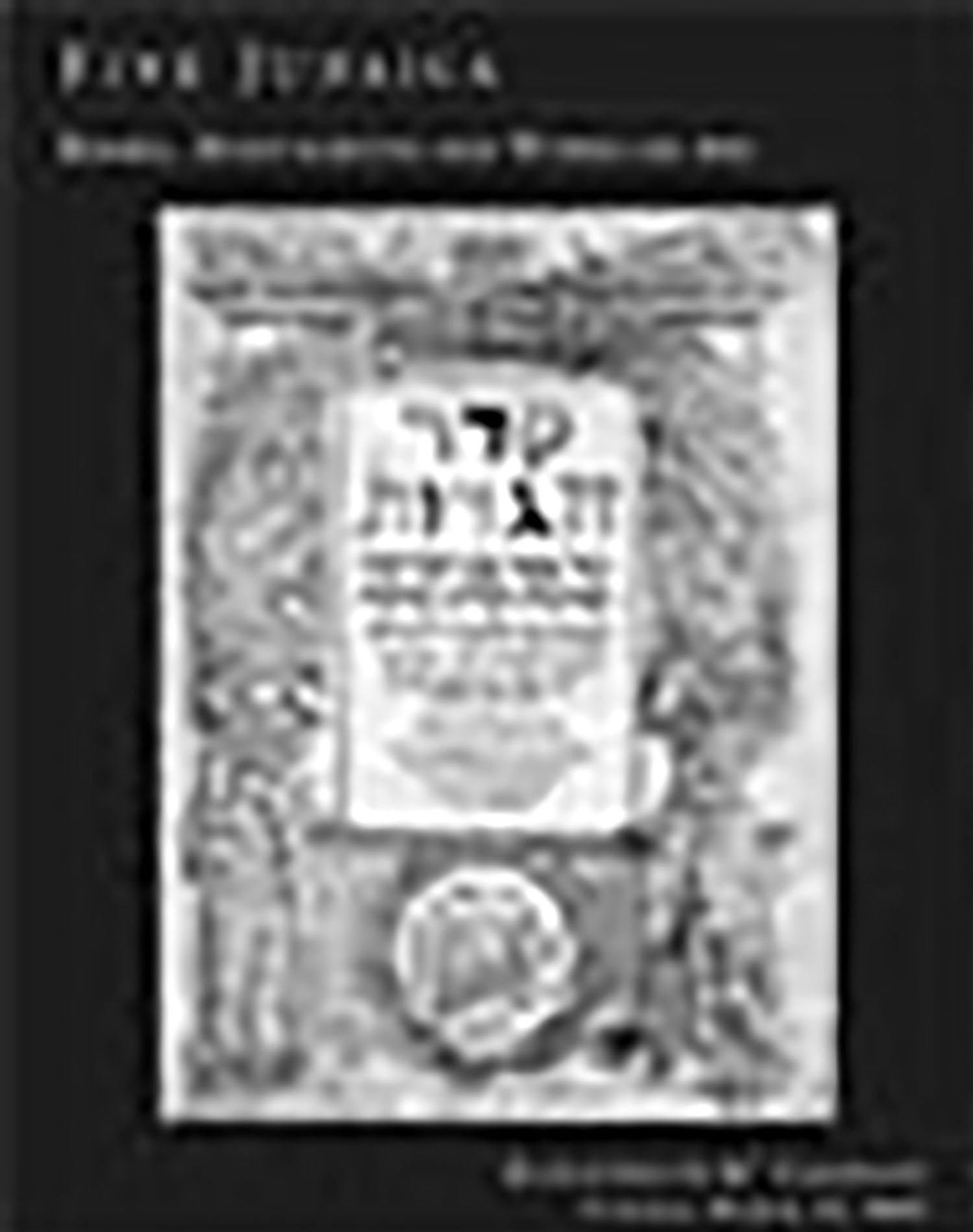Seder Hagadah shel Pesach

AUCTION 15 |
Tuesday, March 12th,
2002 at 1:00
Fine Hebrew Books, Manuscripts and Works of Art The Property of Various Owners
Lot 194
(HAGADAH)
Seder Hagadah shel Pesach
Mantua: Joseph Shalit ben Jacob Aschkenazi 1568
Est: $60,000 - $70,000
PRICE REALIZED $75,000
THE SECOND MANTUA HAGADAH. - EXCEPTIONALLY IMPORTANT AND ELUSIVE.
RARER THAN THE FIRST EDITION. SINCE THE WAR, ONLY THE PRESENT COPY HAS APPEARED AT PUBLIC AUCTION
Provenance:
Several Generations of the ancient Italian-Jewish Family Anau of Ferrara
Sold: Hapsburg Feldman, Geneva, Judaica, 19th June 1989, Lot 17
“One of the Most remarkable and at the Same Time One of the Most Perplexing Illustrated Works of the Sixteenth Century.” (C. Roth, The Illustrated Hagadah in: Studies in Books and Booklore (1972) p.170.
Eight years after the first Mantua Hagadah appeared in 1560, a second, revised edition was issued in the same city. This edition introduced the commentary of R. Joseph of Padua. Printed along the margins it thus required a reordering of the earlier design. Also transformed is the title, set here, within an architectural arch covered in fruits and vines and flanked by the Roman deities Mars and Minerva. The types and arrangement of the preliminary page, including the large framed initial word “Ohr” are entirely new as are the cuts of the Sun and the Moon which fill the remaining space along the border. Another novelty of this edition is the addition of captions that accompany each illustration, occasionally assigning new meaning. For example, the Wise Son of the Mantua Hagadah of 1560, inspired by Michaelangelo’s Jeremiah in the Sistine Chapel, now appears as “An Old Man who has acquired wisdom, replying to the Wise (Son) with knowledge and deliberation.” A curious new vertical border on f.2v. and continued on f.4r. depict a series of woodcuts of the signs of the Zodiac and the labors of the months. Having no relation to the text , Yerushalmi suggests “the printer merely had these panels at his disposal and inserted them to provide some relief from the vines and cherubs that fill the borders on the other pages.”
The first edition of this celebrated Hagadah was sold by Kestenbaum & Company, Sale VI, November 17th, 1998, Lot 100
